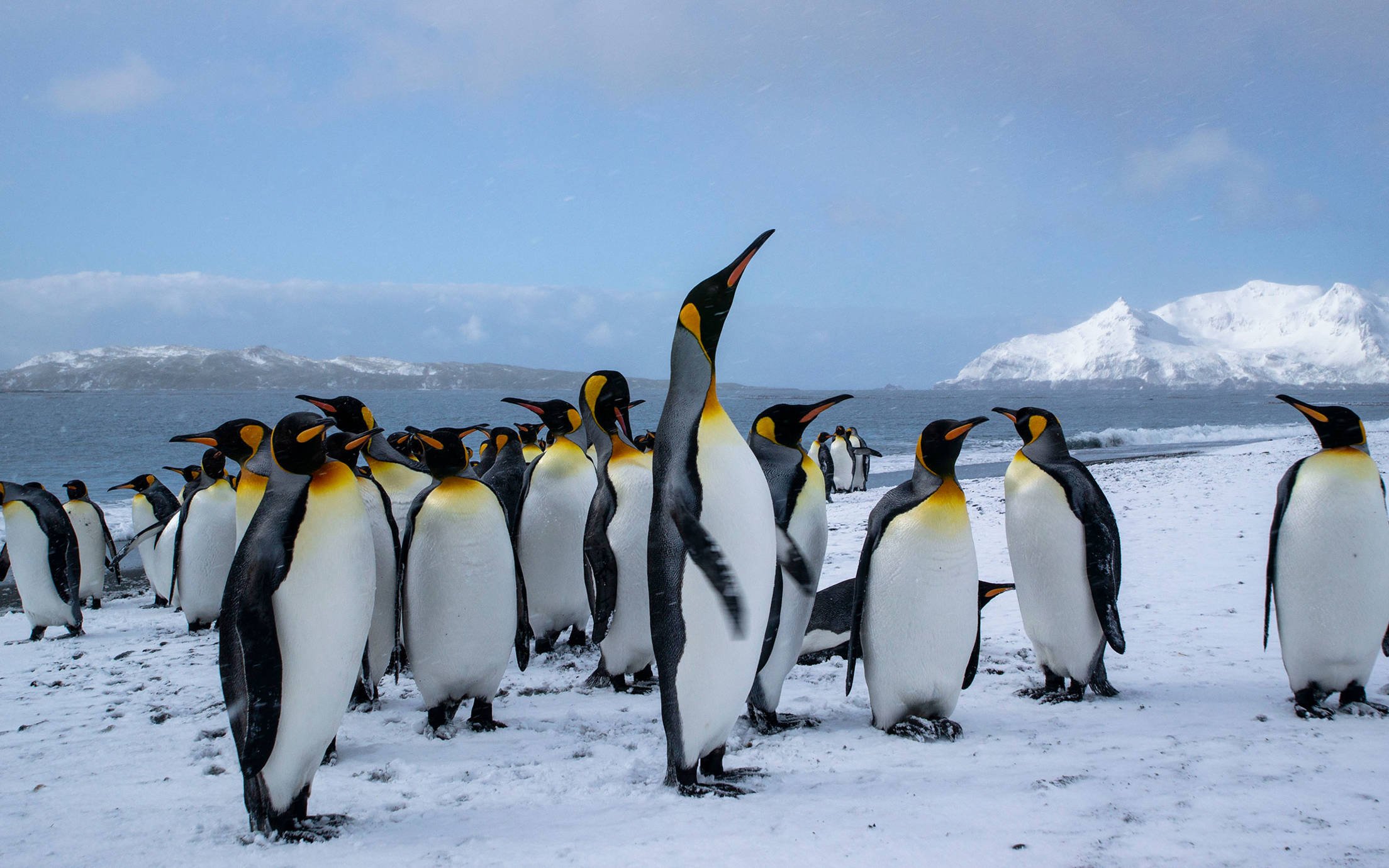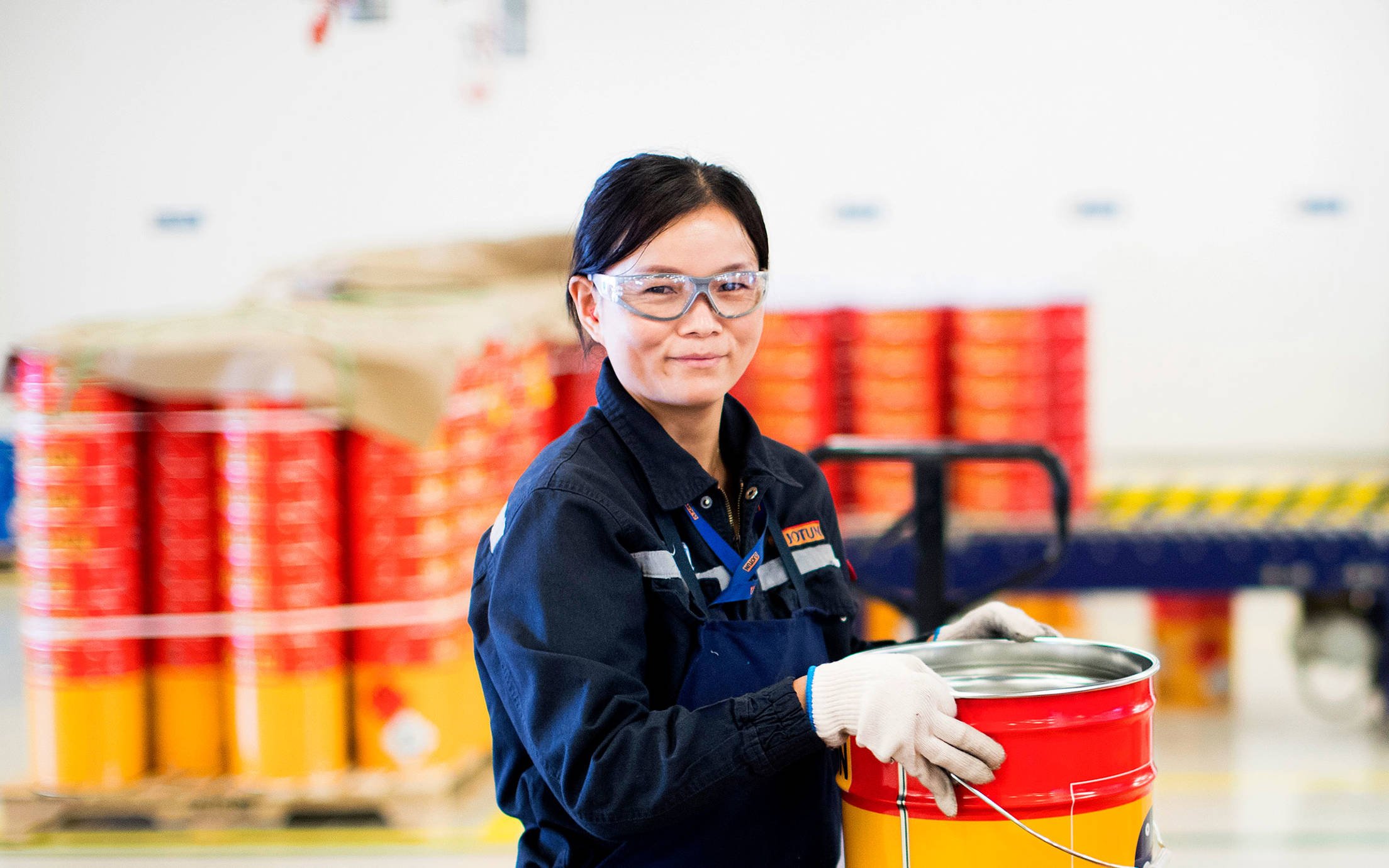

Our history
Jotun has been in the safe hands of the Gleditsch family since the start. Our stable ownership has supported Jotun's business journey every step of the way, taking us from Sandefjord in Norway to every continent around the globe.
1920
The Jotun story begins
Jotun goes back to the Norwegian business entrepreneur Odd Gleditsch Sen., who established the company in 1926.
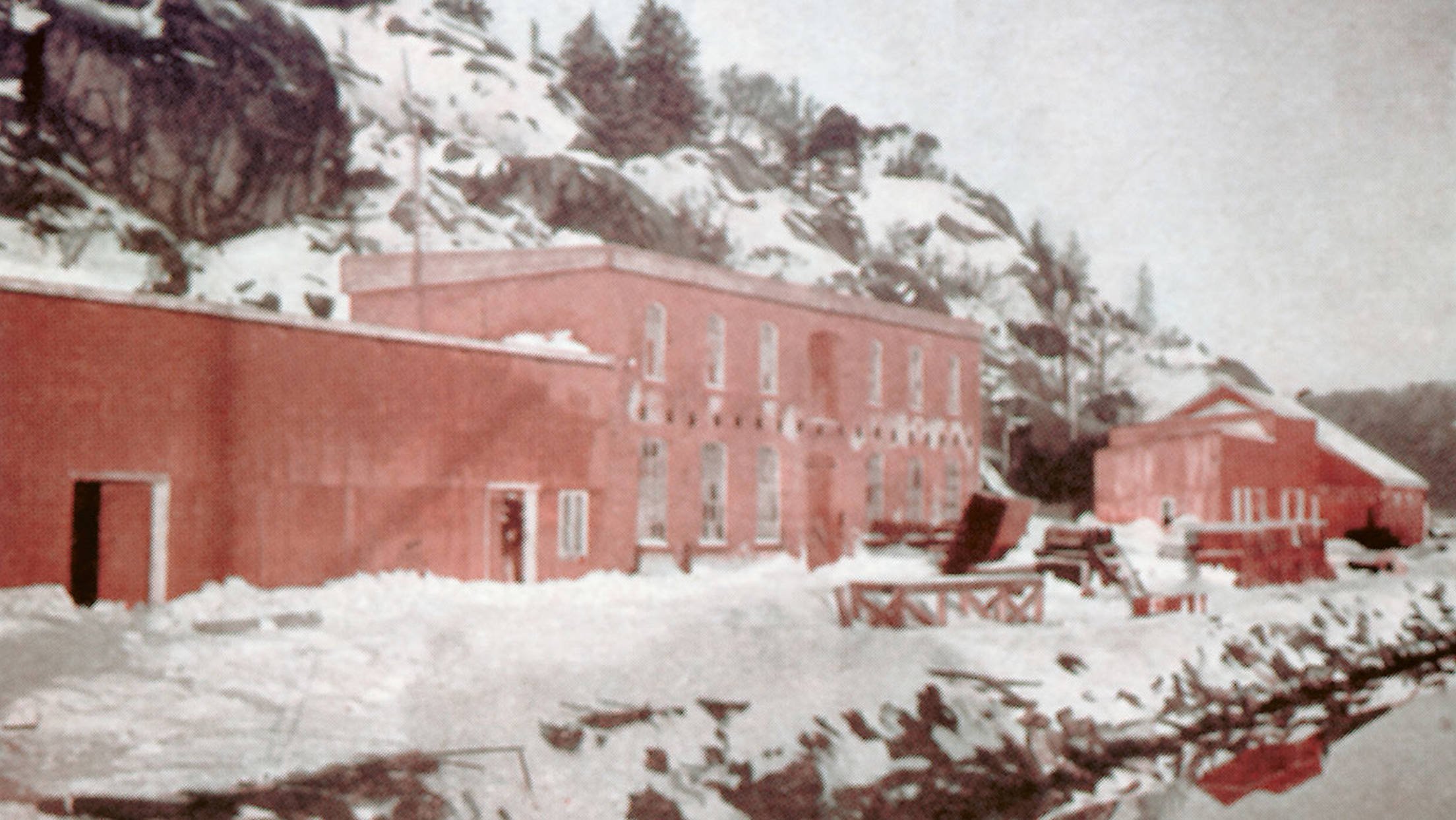
1940
Strong values and resilience
The German occupation of Norway during World War II was a huge challenge, both for Norway and for Jotun. Access to raw materials was restricted and production was low, but several new products were still introduced.
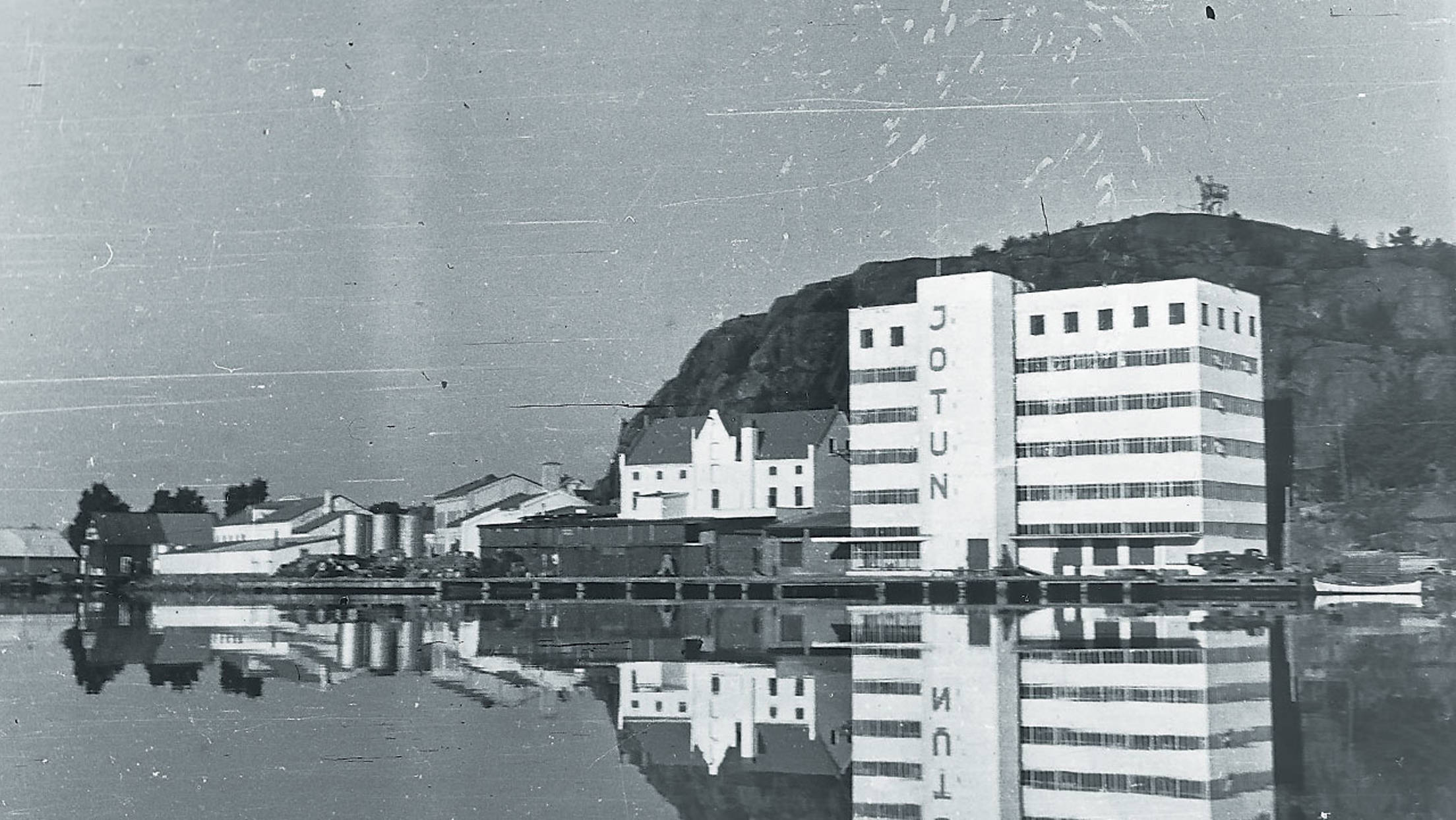
1960
International growth
To accelerate global growth in the 1960s, Jotun built factories closer to the markets they served. Increased awareness of health and environmental risks led to the development of powder coatings.
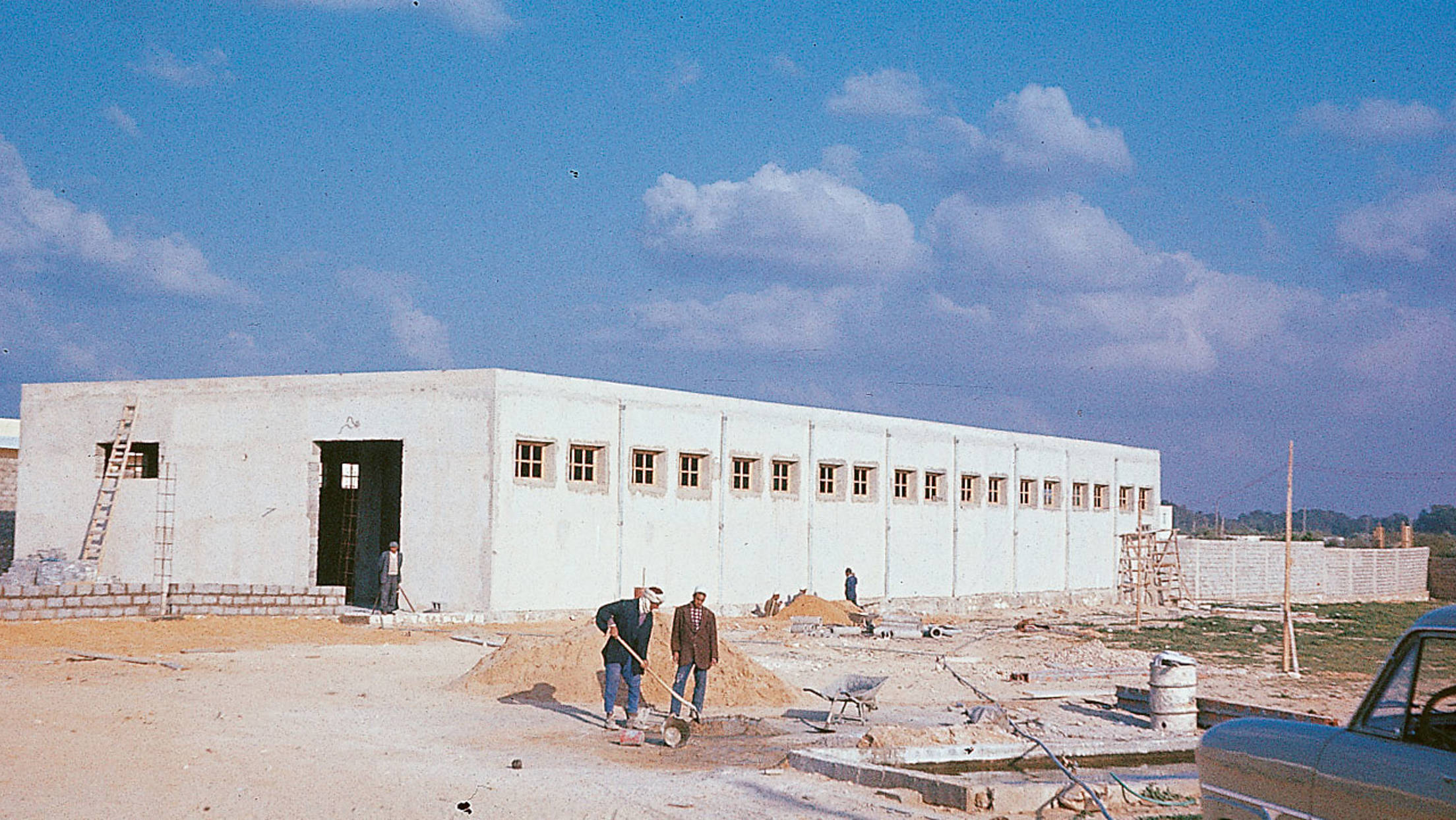
1980
Accelerated internationalisation
Jotun’s success as an international company was made possible by its deep roots in the global maritime industry.
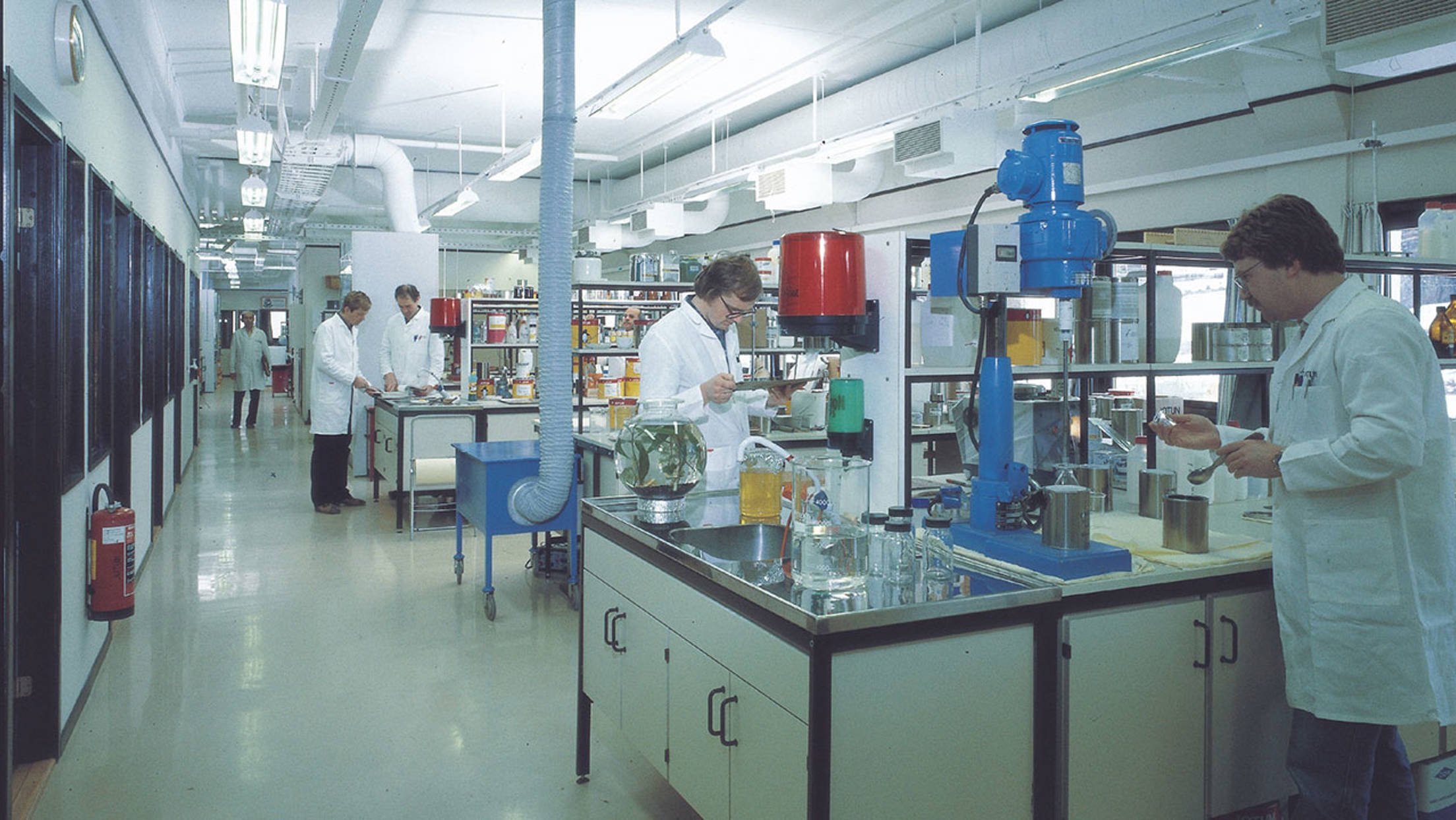
2000
Accelerated growth
Jotun has continued to expand to new markets. We have kept a strong focus on innovation processes and invest in R&D resources to further strengthen our position. New establishments and important solutions meet market demands and help the industry to become more sustainable.
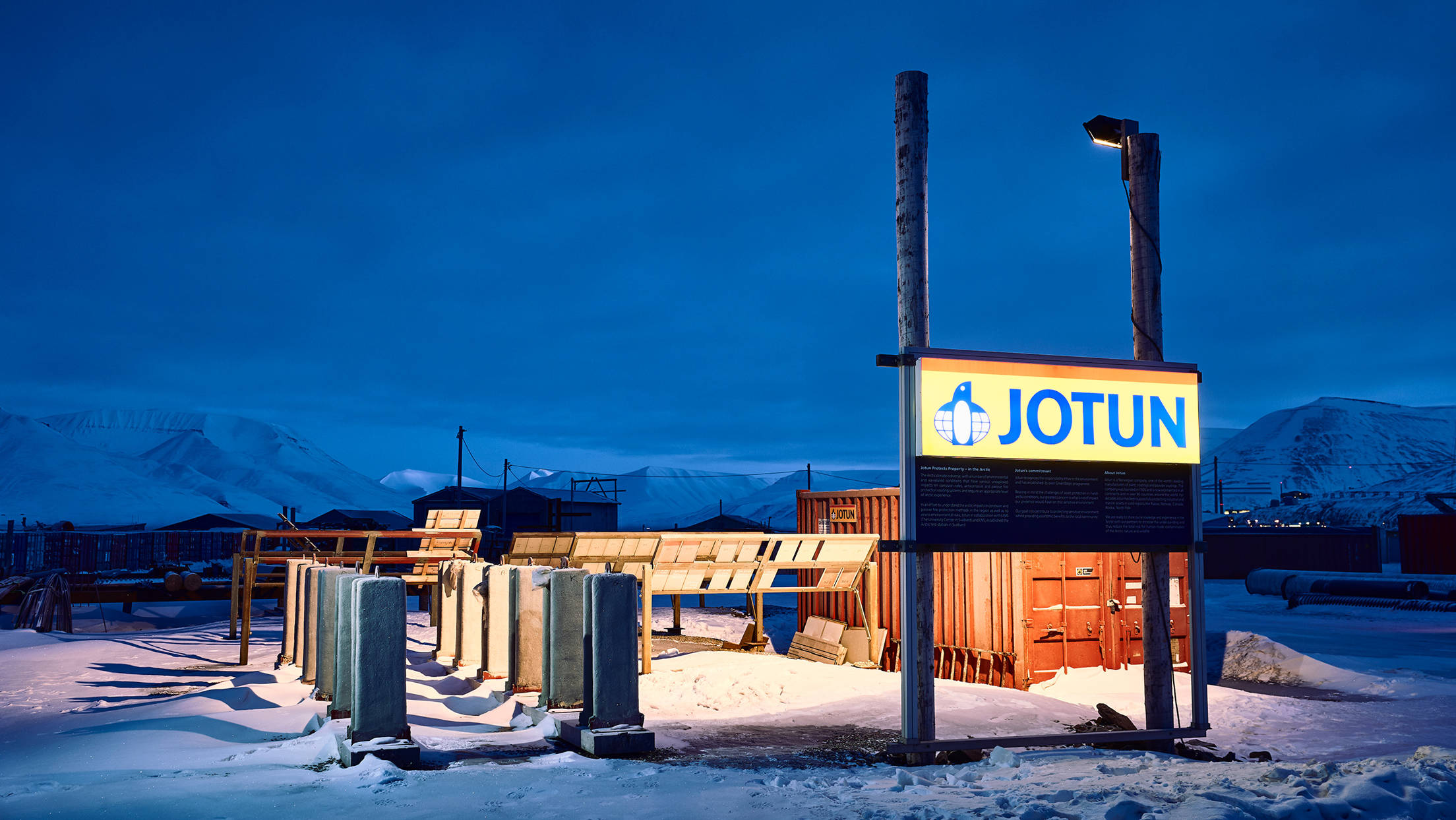
2020
On a steady course
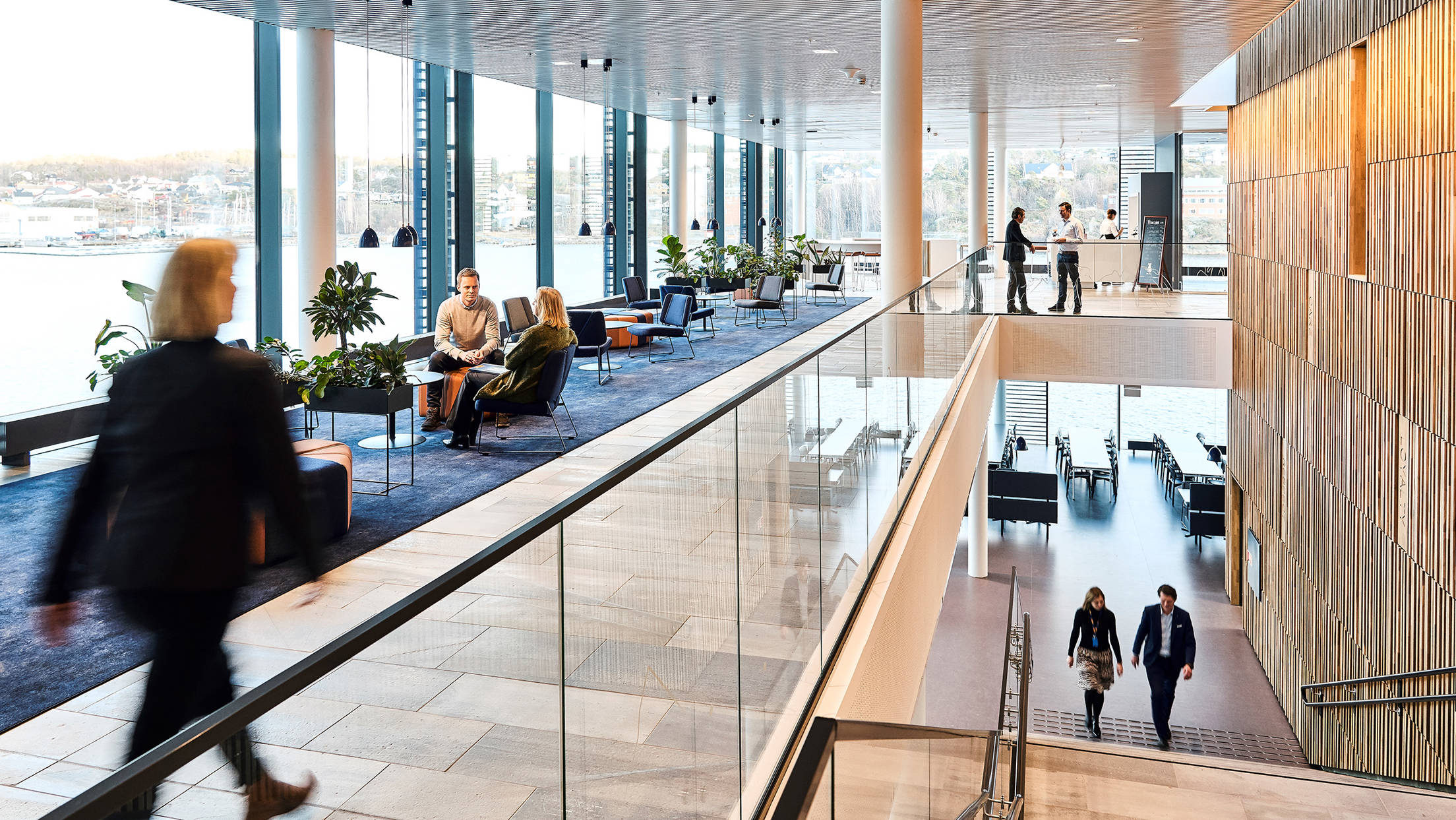
Read more

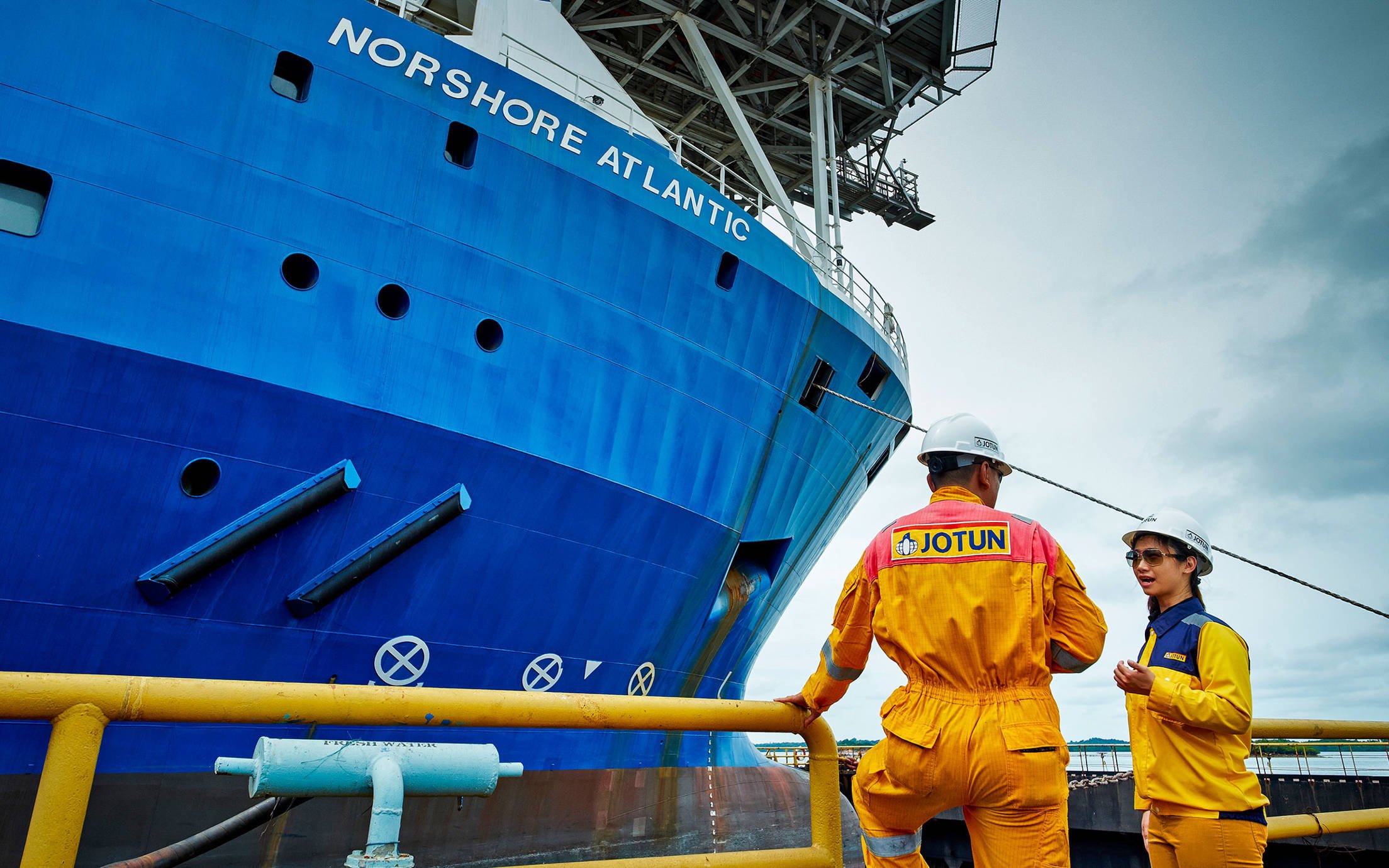
What we do
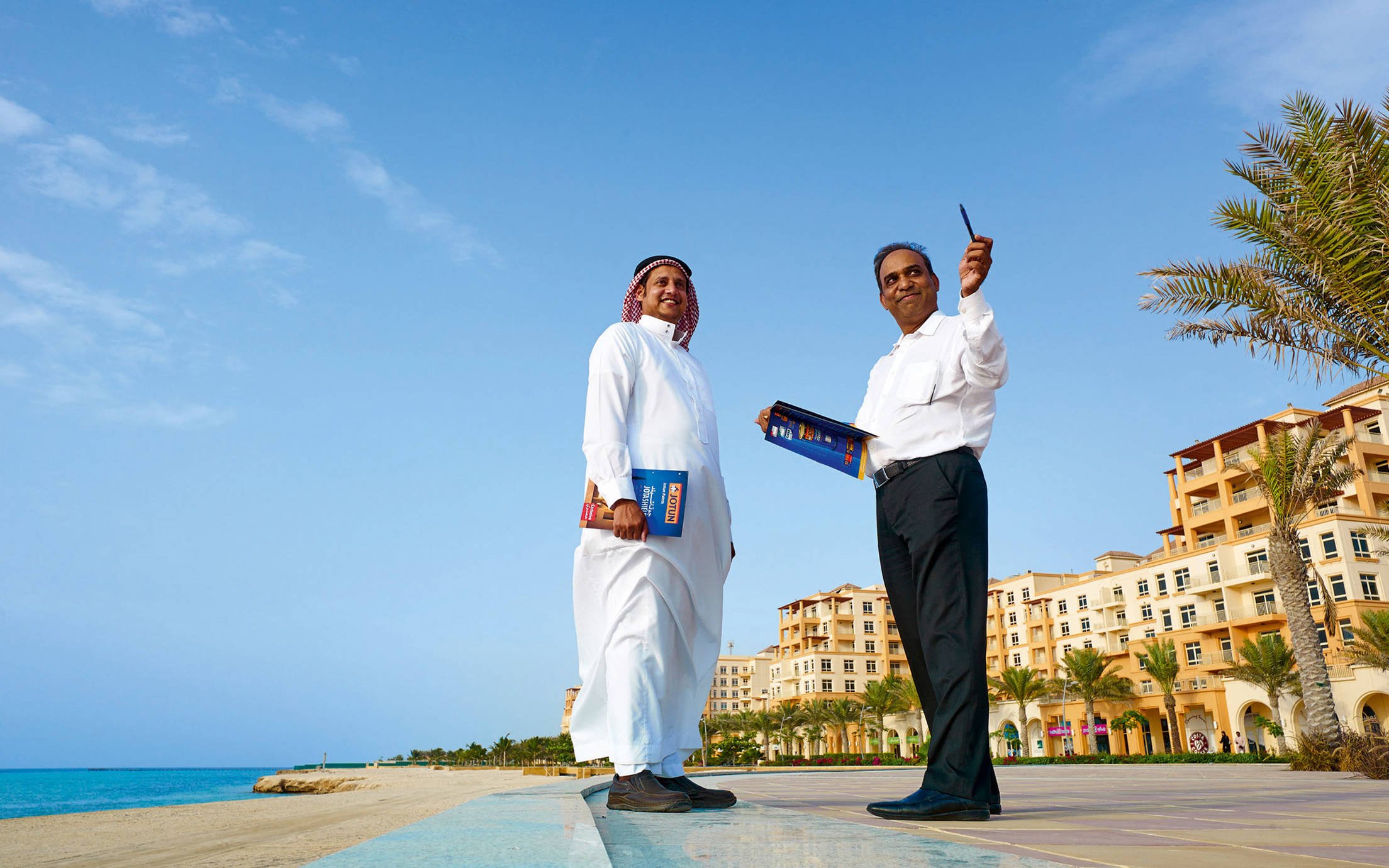
Where we are
